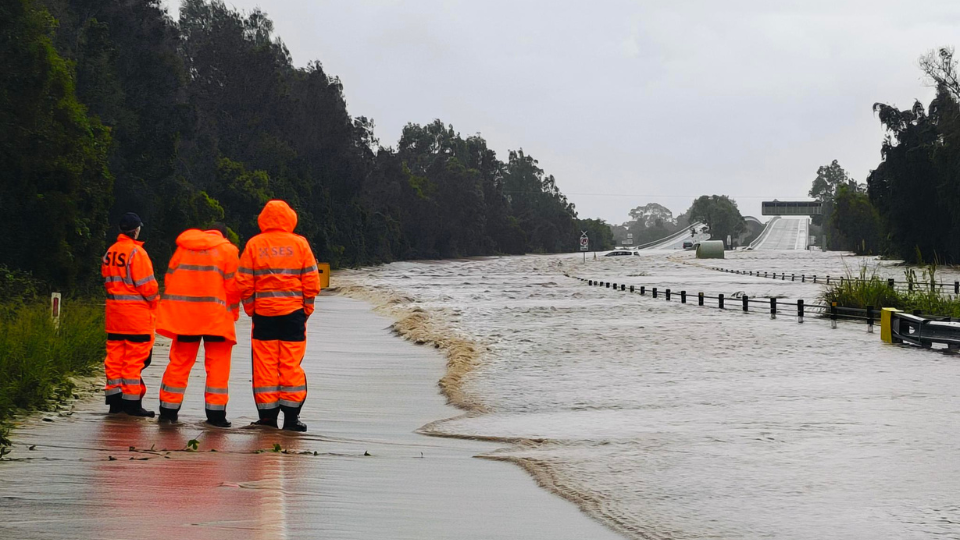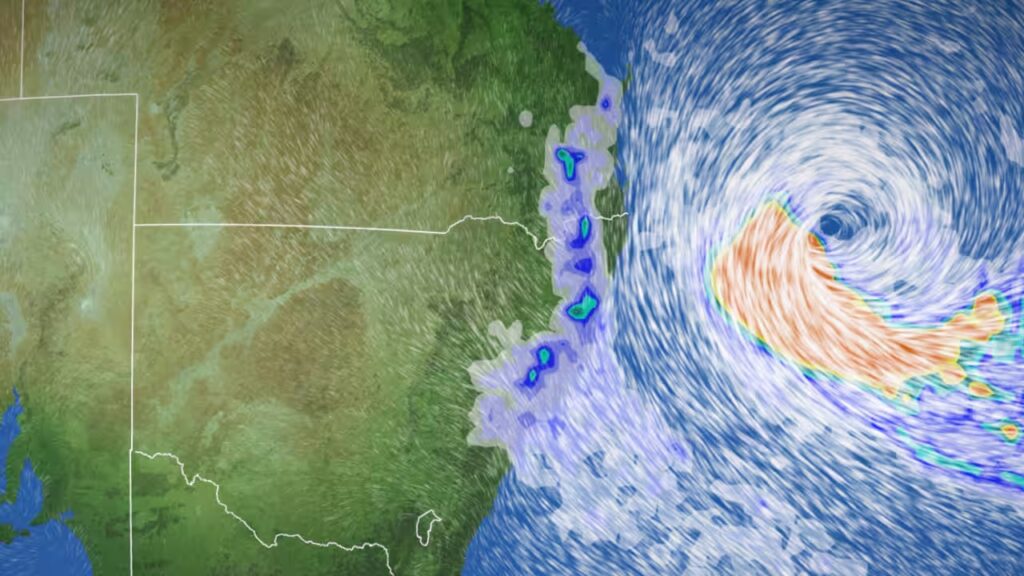This article is republished from Australian Institute of International Affairs under a Creative Commons license.
Read the original article. Written by Senior Researcher Wesley Morgan
Fossil fuel production is in an inevitable decline and states that can embrace lucrative new opportunities in the clean energy economy will thrive. The Albanese government has sought to move in this direction, and hosting the UN climate talks in 2026 would be a first big step.
The world’s eyes are on Dubai this week as the United Arab Emirates host the biggest United Nations climate conference ever held. More than 80,000 delegates – from nearly 200 countries – are gathered in the Arabian desert city for the 28th Conference of Parties (COP28) to the UN Climate Convention. Discussions are focused on progress toward the Paris Agreement goal of limiting warming to 1.5C above pre-industrial levels and accelerating the global shift to clean energy sources and away from coal, oil, and gas.
Significant progress has been made at COP28 already. Australia has joined more than 115 countries that have committed to a global target of tripling renewable energy capacity by 2030. Negotiations are now focussed on an agreement to move rapidly away from fossil fuels.
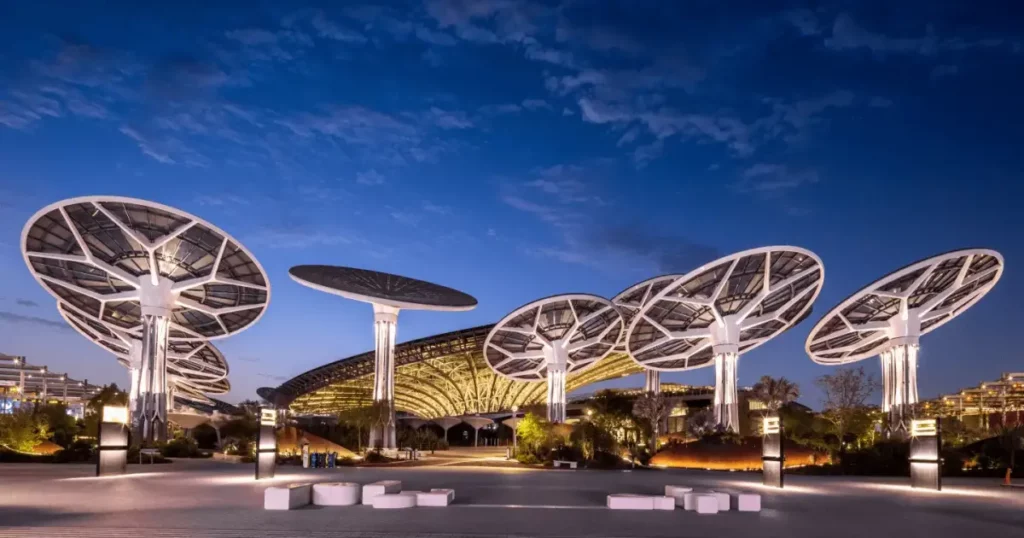
Many observers are sceptical that the COP28 hosts can deliver a consensus on shifting away from coal, oil, and gas because the United Arab Emirates is a major oil exporter. This is a problem Australia also faces, having put up its hand to host the UN climate talks in 2026 in partnership with Pacific island countries while remaining a major exporter of coal and gas. Today, Australia exports almost three times as much fossil fuels as the United Arab Emirates does, and dozens of new coal and gas projects are in the approvals pipeline.
Yet Australia’s economic interests are changing. Australia has no future as a major fossil fuel exporter. The global energy transition is well underway, and demand for coal, oil, and gas is expected to peak before the end of this decade. As the Minister for Climate and Energy Chris Bowen has told delegates in Dubai: “We must face this fact head on: if we are to keep 1.5C alive, fossil fuels have no ongoing role to play in our energy systems – and I speak as the climate and energy minister of one of the world’s largest fossil fuel exporters.”
Mature technologies are readily available to replace fossil fuels in electricity generation and transport. Destination markets for Australian energy and commodities – like Japan, Korea, China, and India – have all committed to achieve net-zero emissions by mid-century and have set interim targets to cut emissions over the next decade.
Australia’s challenge is to manage the now inevitable decline of fossil fuel production while embracing lucrative new opportunities in the clean energy economy. Hosting the UN climate talks in 2026 would be a chance to signal Australia’s transition from a past as a fossil fuel heavyweight, to a future as a clean energy powerhouse.
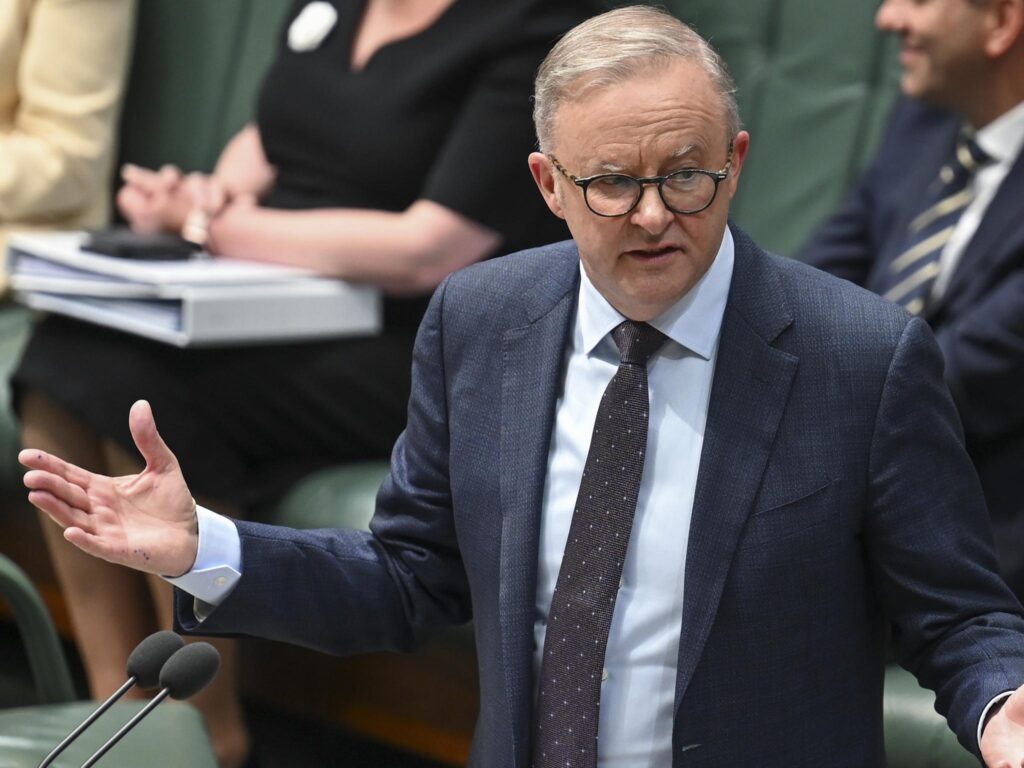
Over the next three years the world is set to pass a key inflection point. If Australia hosts COP31 in 2026, it will be in a context where global greenhouse gas emissions will likely be falling. We know this because a growing number of countries have declining trends for fossil fuel CO₂ emissions, including the United States, the European Union, the United Kingdom, and Japan. China is currently the world’s biggest fossil carbon emitter, contributing 31 percent of the global total. But explosive growth in clean energy investments mean China’s emissions are set not only to fall in 2024, but to go into structural decline with renewables installations outpacing energy demand.
Behind these trends is surging market demand for clean energy technology – solar, wind, batteries, and electric cars – that is displacing legacy fossil fuel technologies like coal-fired power and combustion engine vehicles. Based on current market trends, the International Energy Agency now warns of a risk of over-investment in fossil fuel supply.
The worldwide shift toward clean energy technologies means we are close to a peak in global greenhouse gas emissions. New analysis from the Global Carbon Project says carbon emissions are nearing their peak. This is echoed by analyses from the International Energy Agency suggesting global CO2 emissions may have already peaked in 2023, and from Climate Analytics which suggests global greenhouse gas emissions will likely start falling in 2024.
Having taken their foot off the accelerator of warming, countries will need to slam on the brakes. Once global greenhouse gas emissions peak they will still be accumulating in the atmosphere. Emissions will continue to drive catastrophic warming until we bring them down to as close to zero as possible. The Intergovernmental Panel on Climate Change (IPCC) says we need to roughly halve global emissions before the end of the decade to keep 1.5C within reach.
The stakes could not be higher. A major new report says we are now at grave risk of crossing irreversible “tipping points” in the Earth’s climate system, which could precipitate runaway warming. This is a threat of a magnitude never faced before by humanity.
The good news is that major powers are doubling down on clean energy technologies, using green industrial policy and targeted government support to redirect investment. In 2022 the United States committed its largest ever climate spend through the Inflation Reduction Act, which allocates AU$520billion – around a quarter of Australia’s entire GDP – to stimulate investment in renewables and new solar, wind, battery, and electric vehicle manufacturing. Since it came into effect, 270 clean energy projects have been announced across 44 US states, representing AU$400 billion in private investment which could generate 175,000 new jobs.
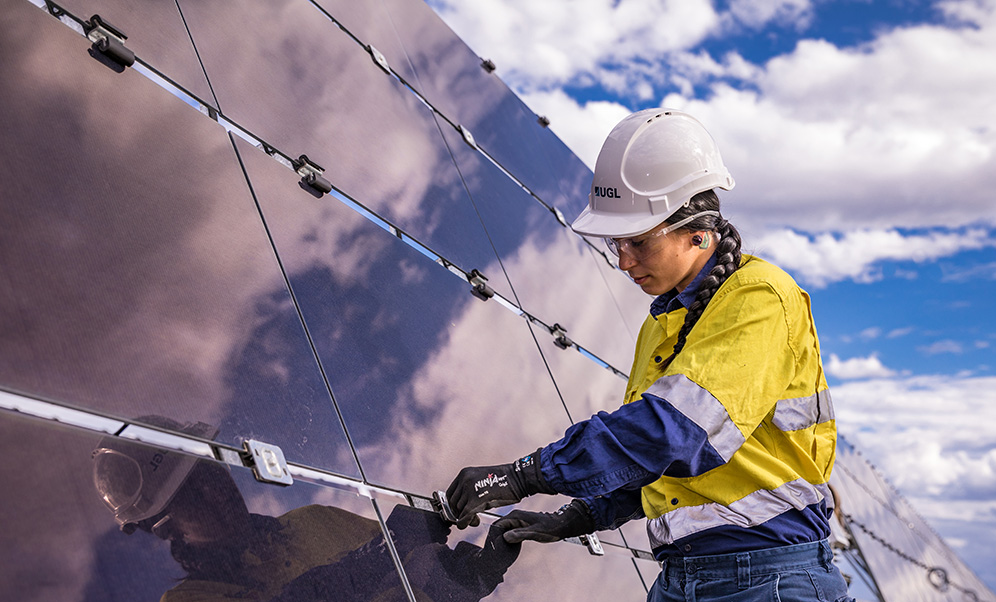
China is also undergoing a boom in clean energy manufacturing and a historic expansion of renewables – especially solar. In 2023, China is installing around 210 gigawatts (GW) of solar, twice the installed solar capacity of the US and four times what China added in 2020. By 2025, China is expected to be adding 1000GW of solar each year. Similarly explosive growth is expected for batteries and EVs. Around 30 percent of all vehicles sold in China this year are electric.
As the world shifts toward clean energy technologies, Australia will remain the lucky country. We have many of the resources and commodities that economies in our region will need as they decarbonise. Australia is already the world’s largest exporter of lithium, a key component in batteries.
The federal government knows we need to develop our own green industries to replace fossil fuel exports. Prime Minister Albanese has promised to reposition Australia as a clean energy superpower. Treasurer Jim Chalmers has flagged that the 2024 federal budget will include targeted support for green industries such as critical minerals, battery manufacturing, renewable hydrogen, and green metals.
If Australia hosts the UN climate talks in 2026 it will be the largest diplomatic summit we have ever hosted. With the international spotlight on us, Australia must be ready to show the world that we are moving rapidly away from coal, oil, and gas, and embracing our clean energy future.
More resources here:
Briefing paper: What makes COP28 important
To be successful at COP28; Australia will need to do three things




